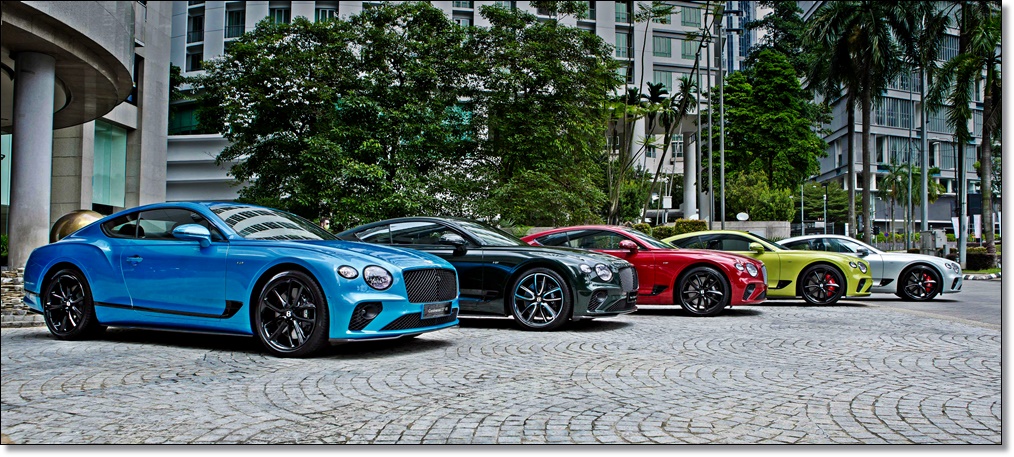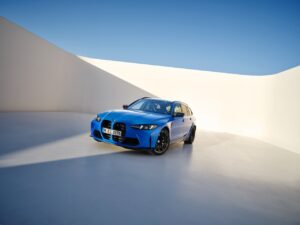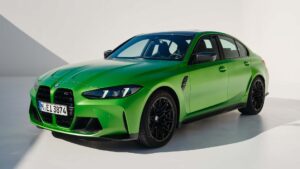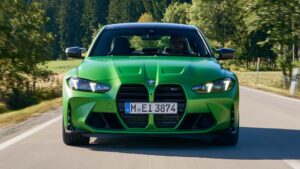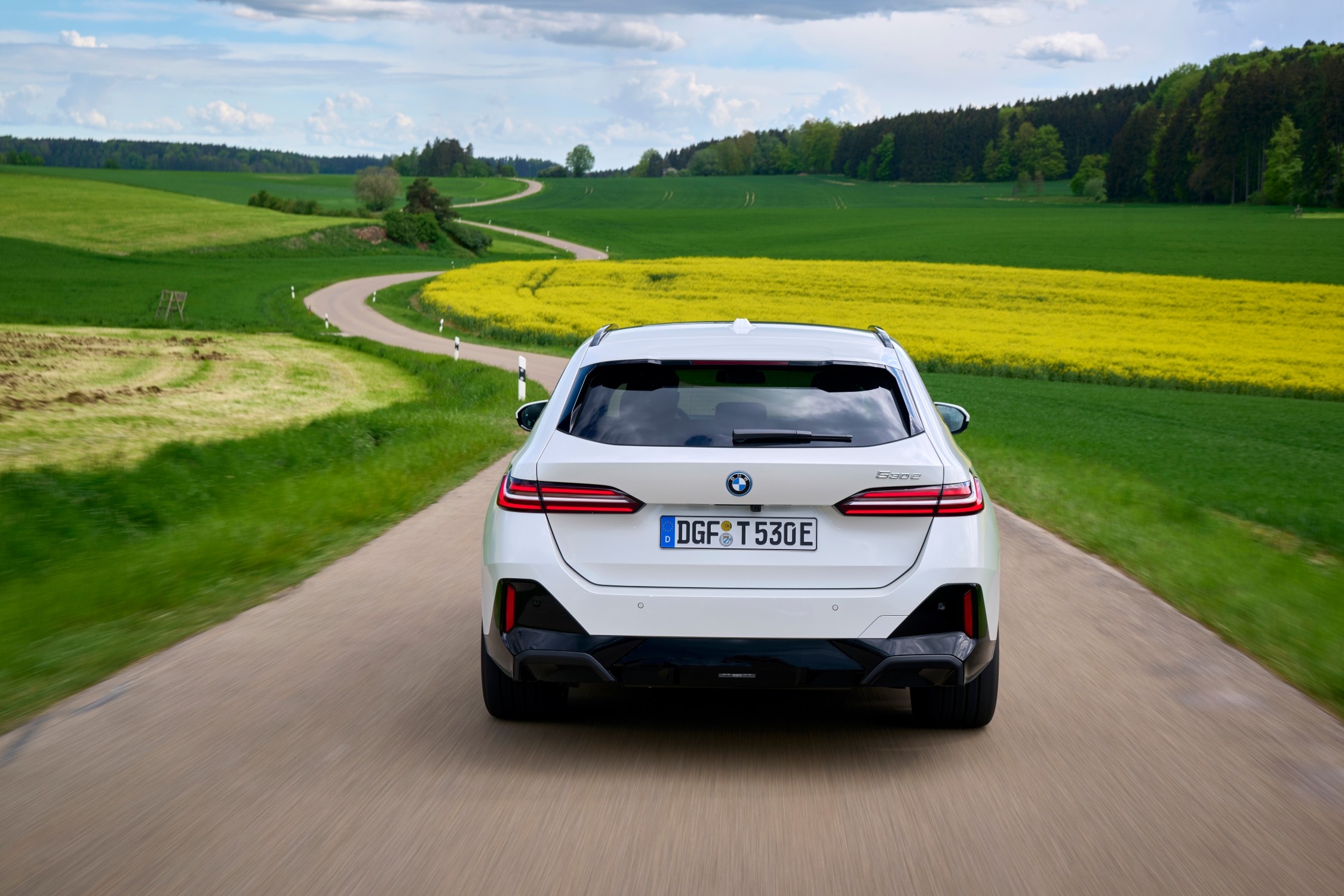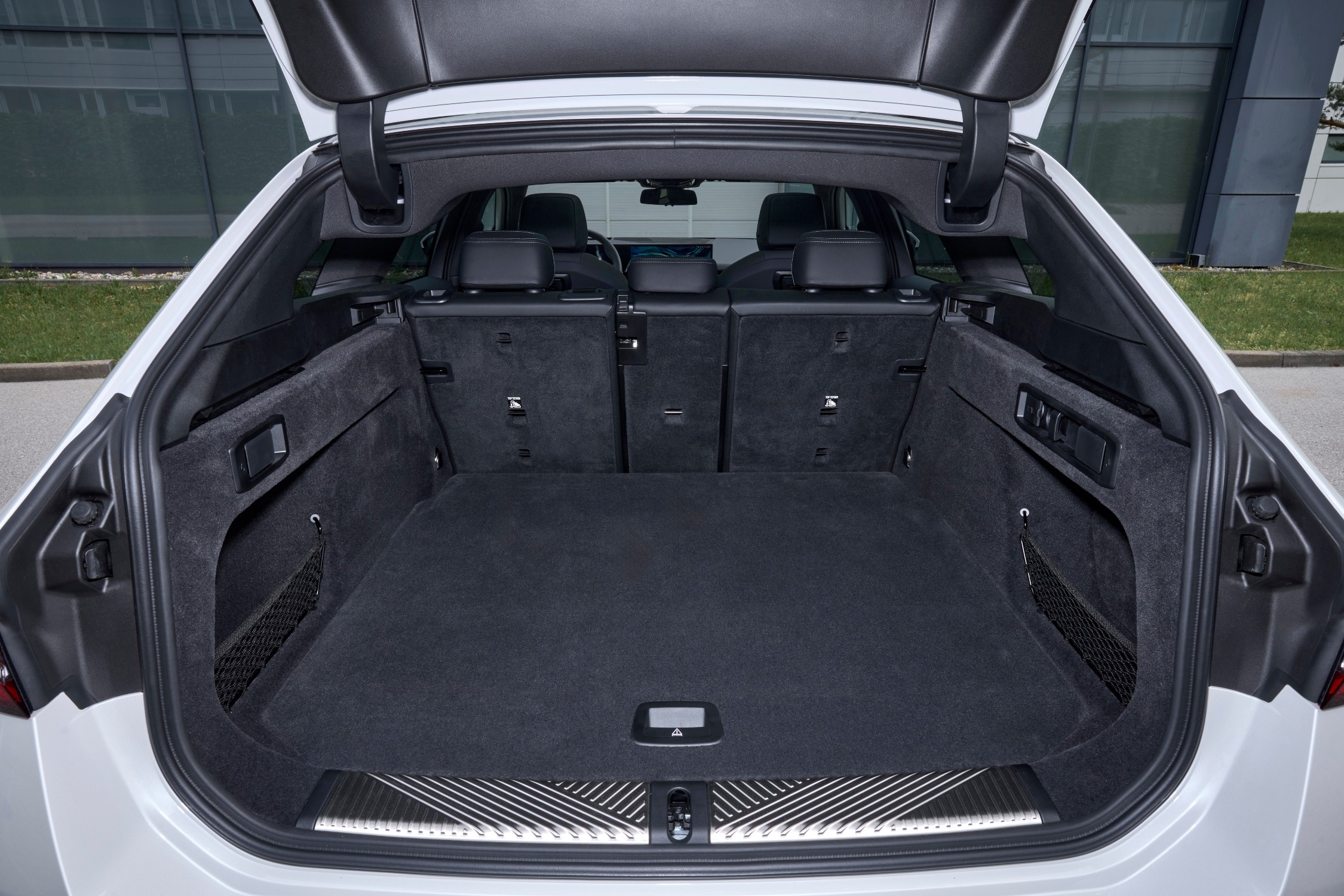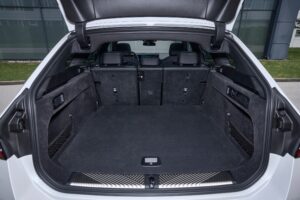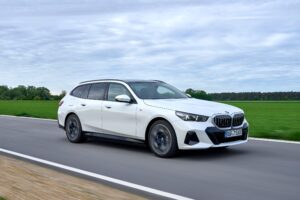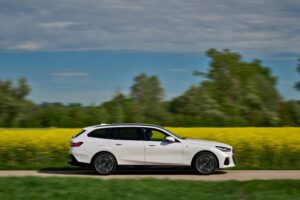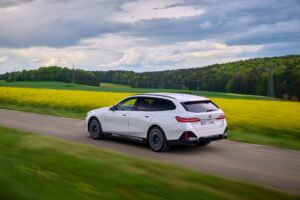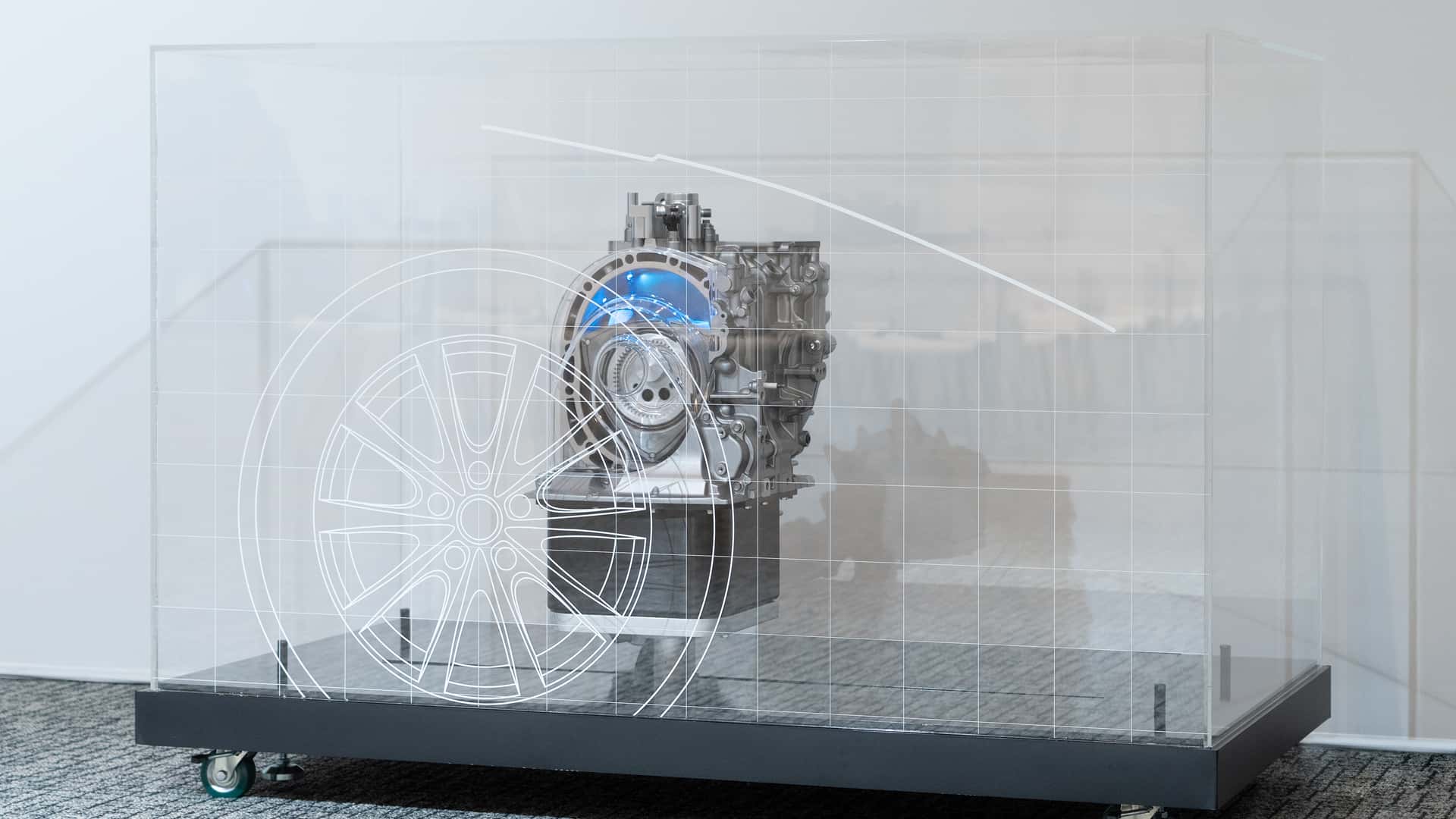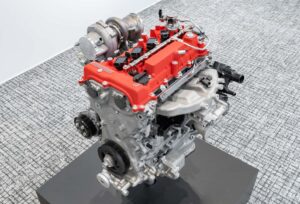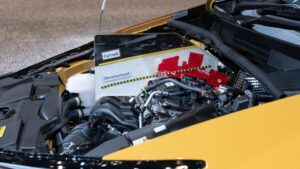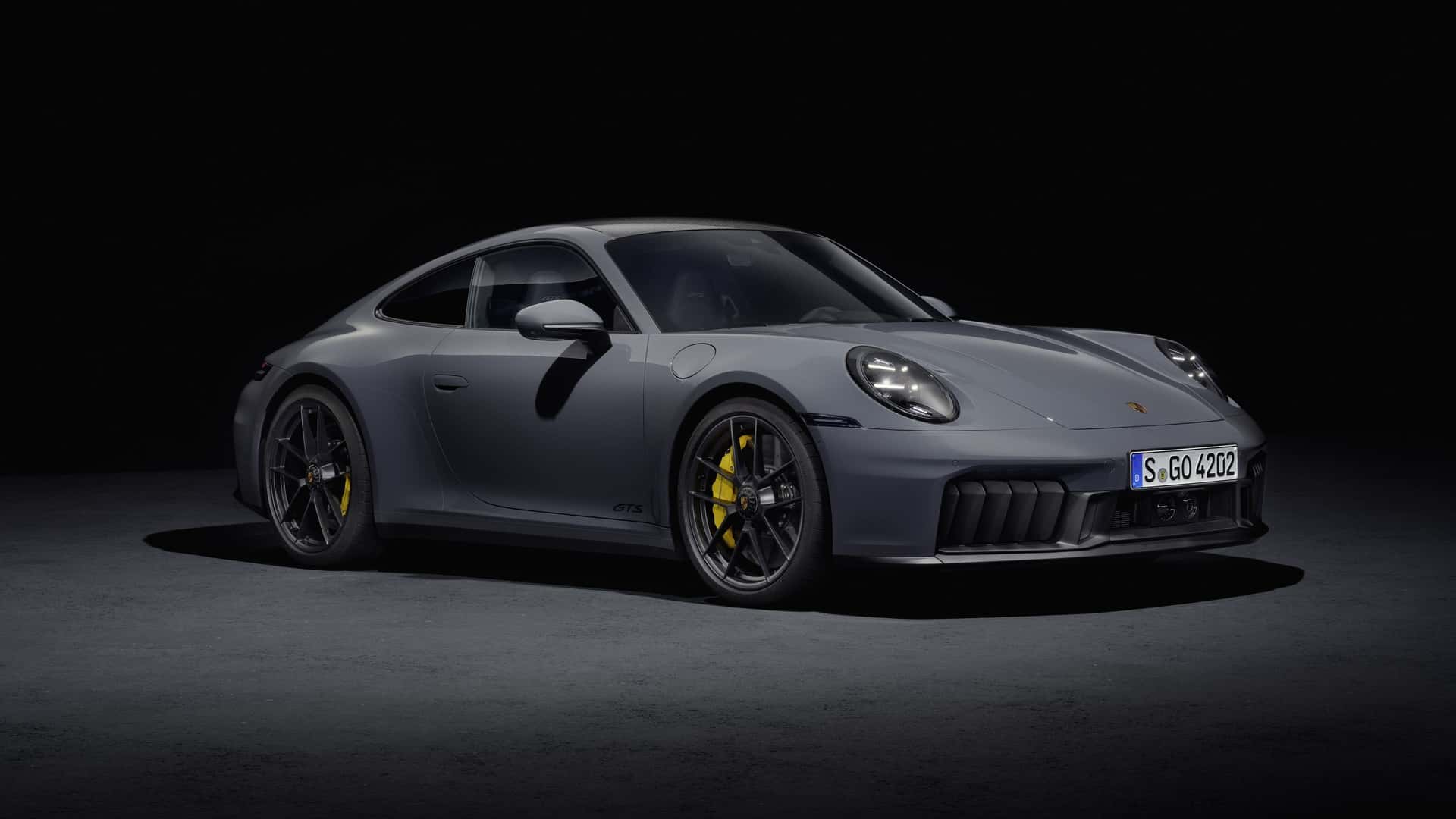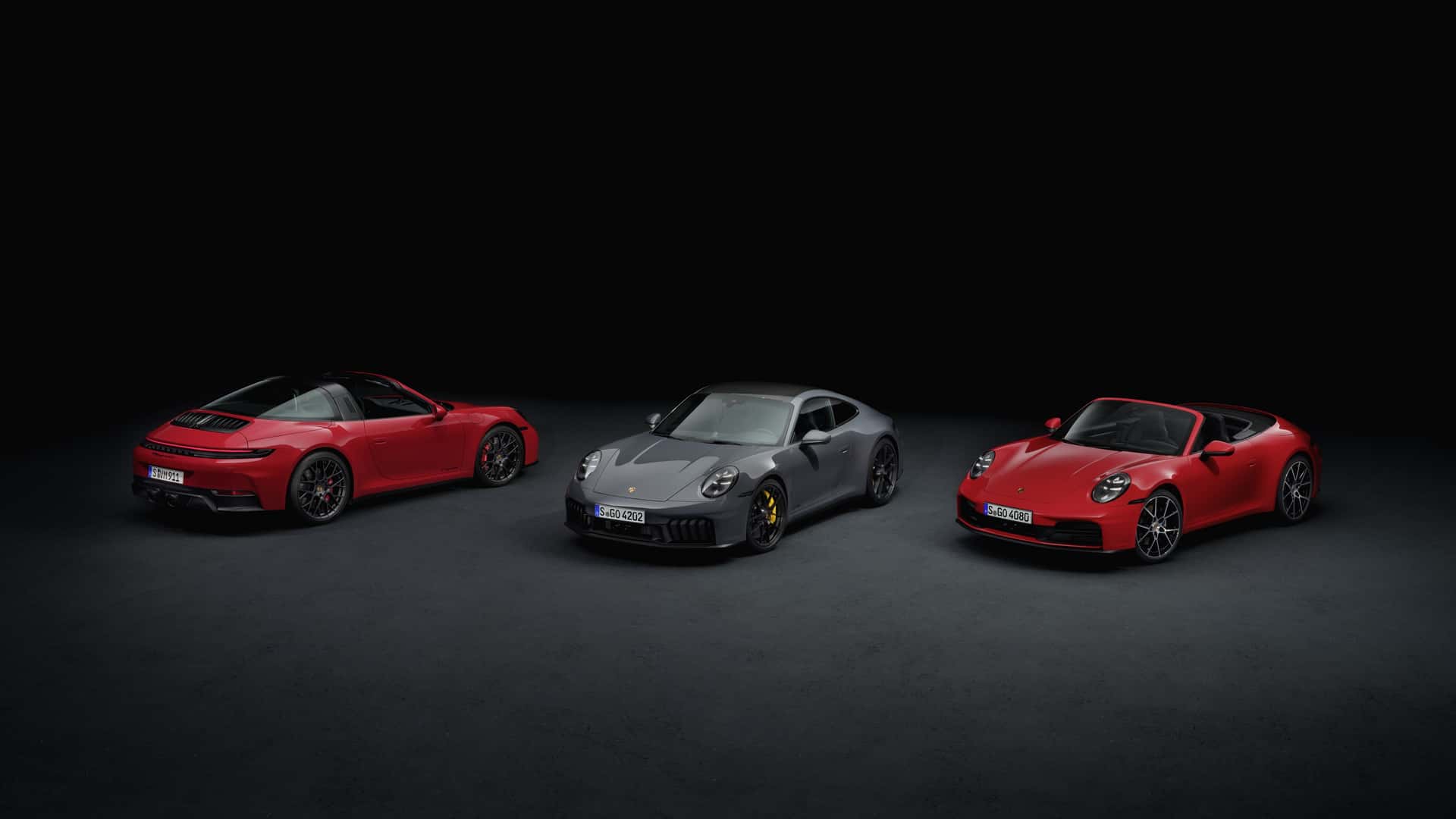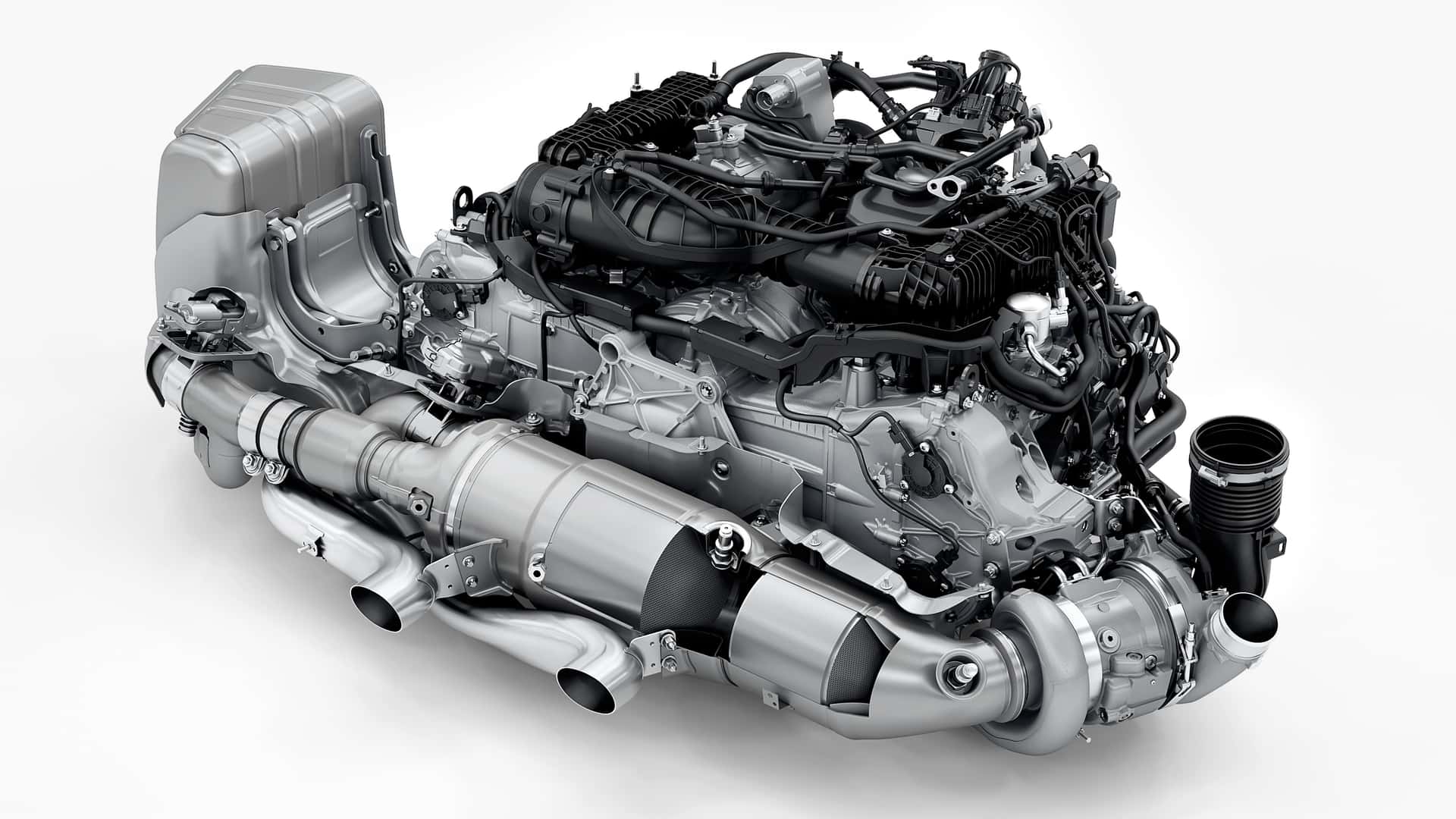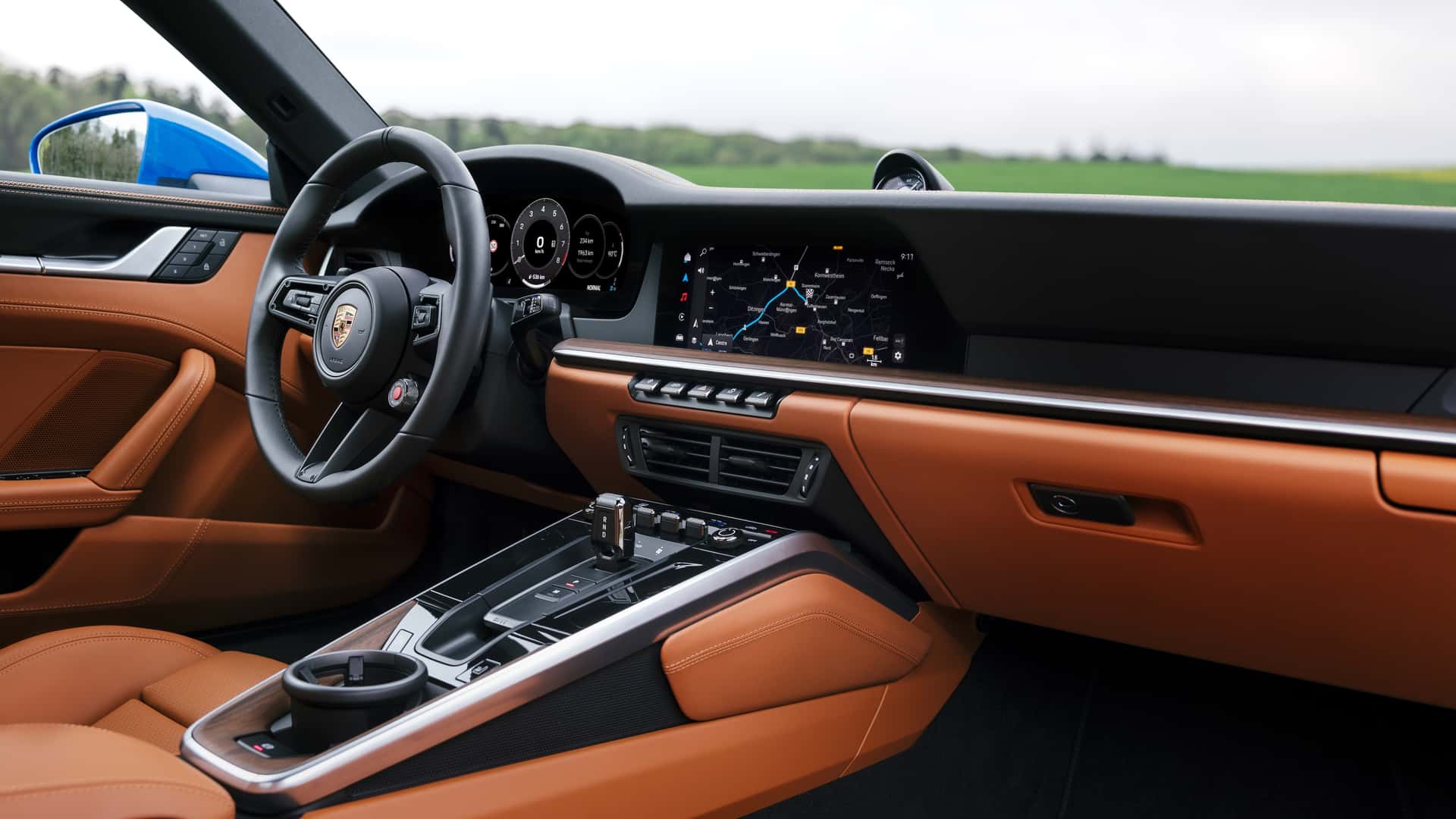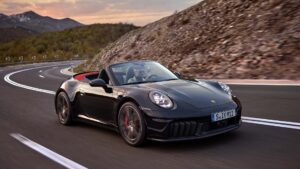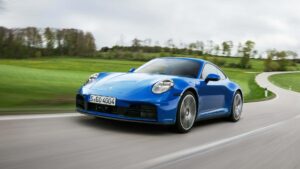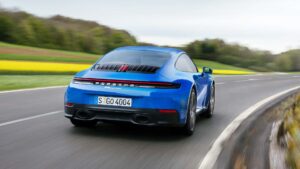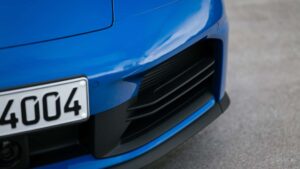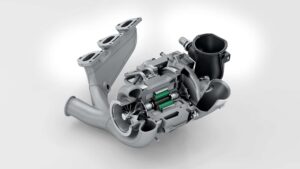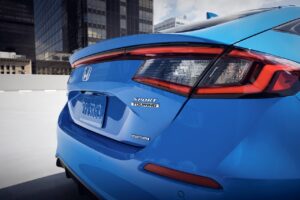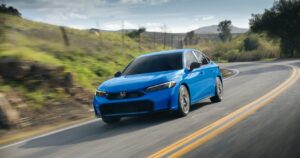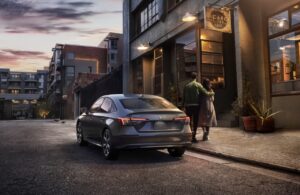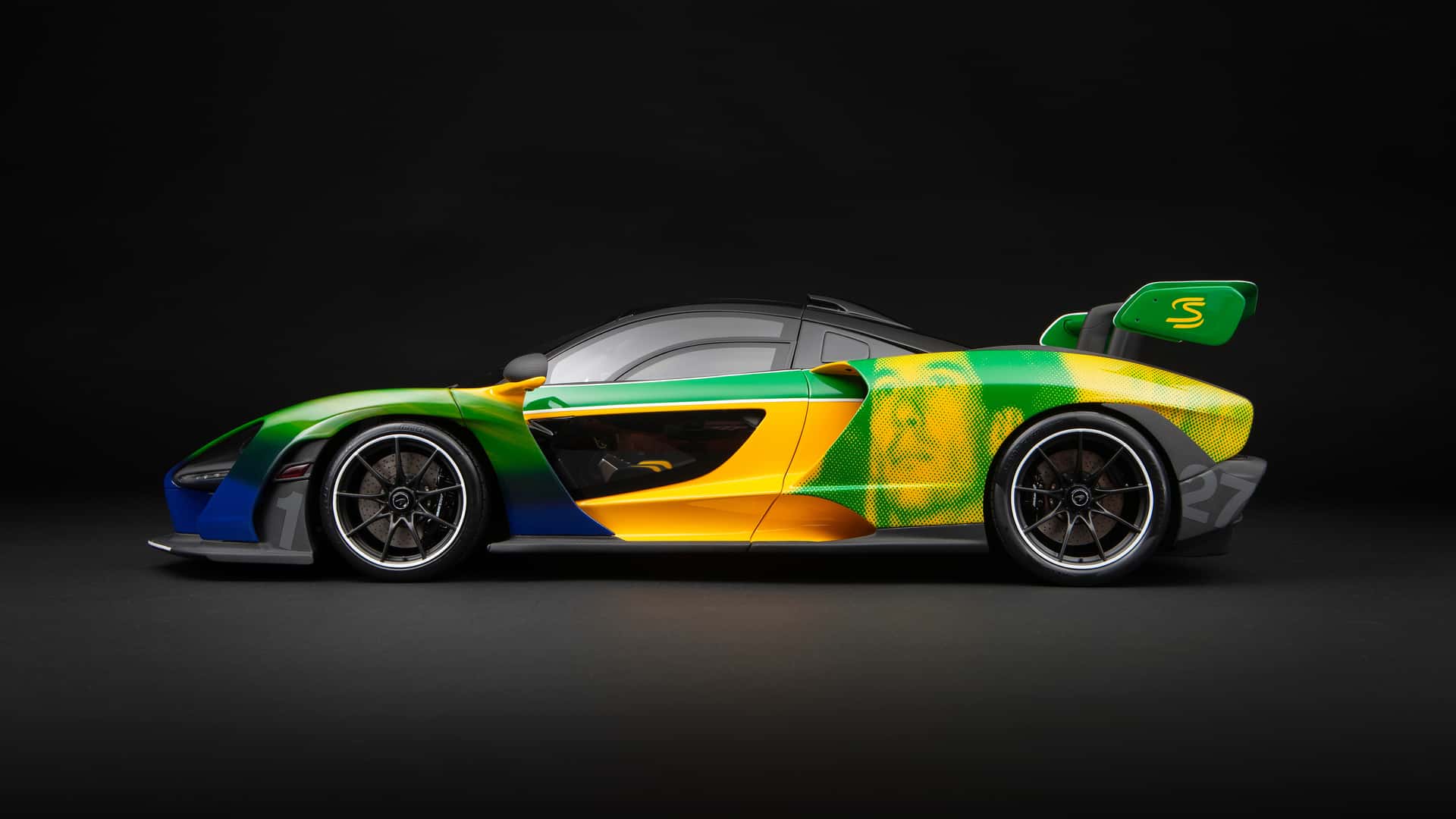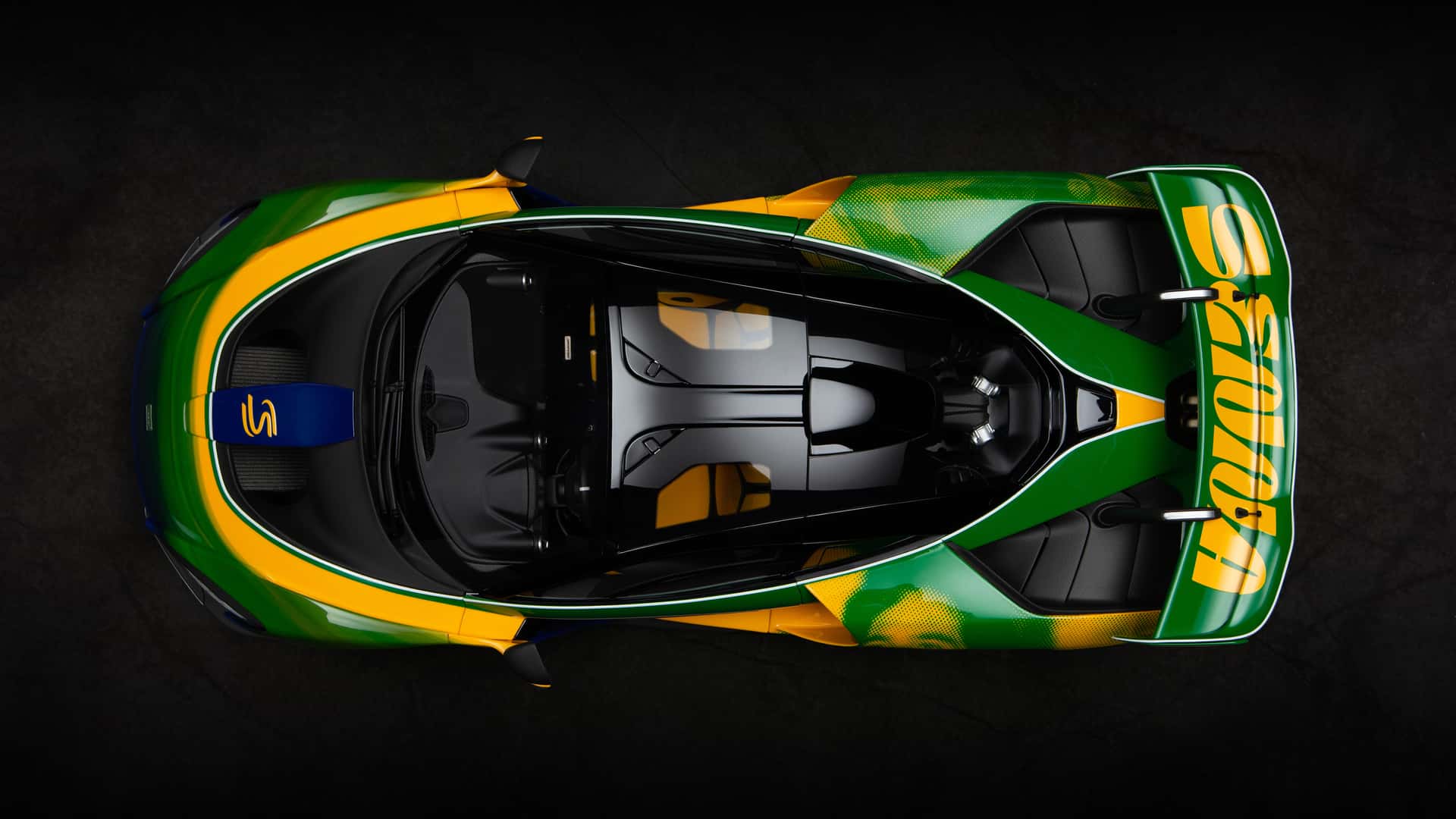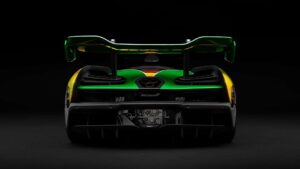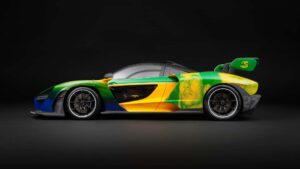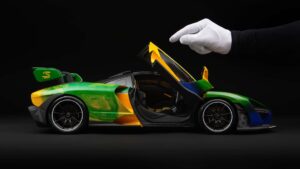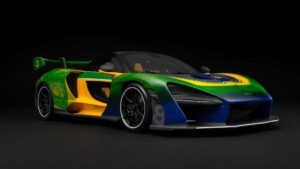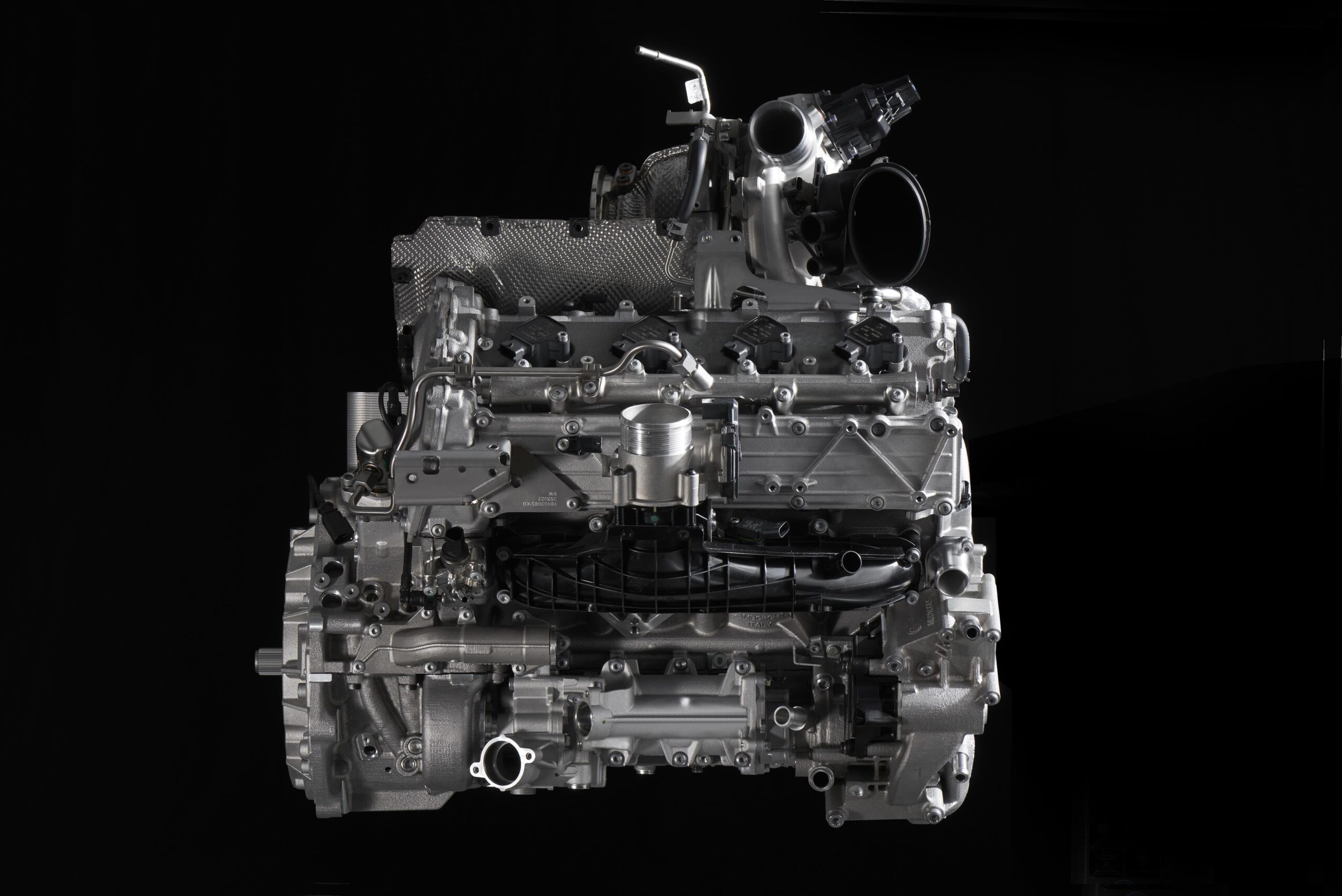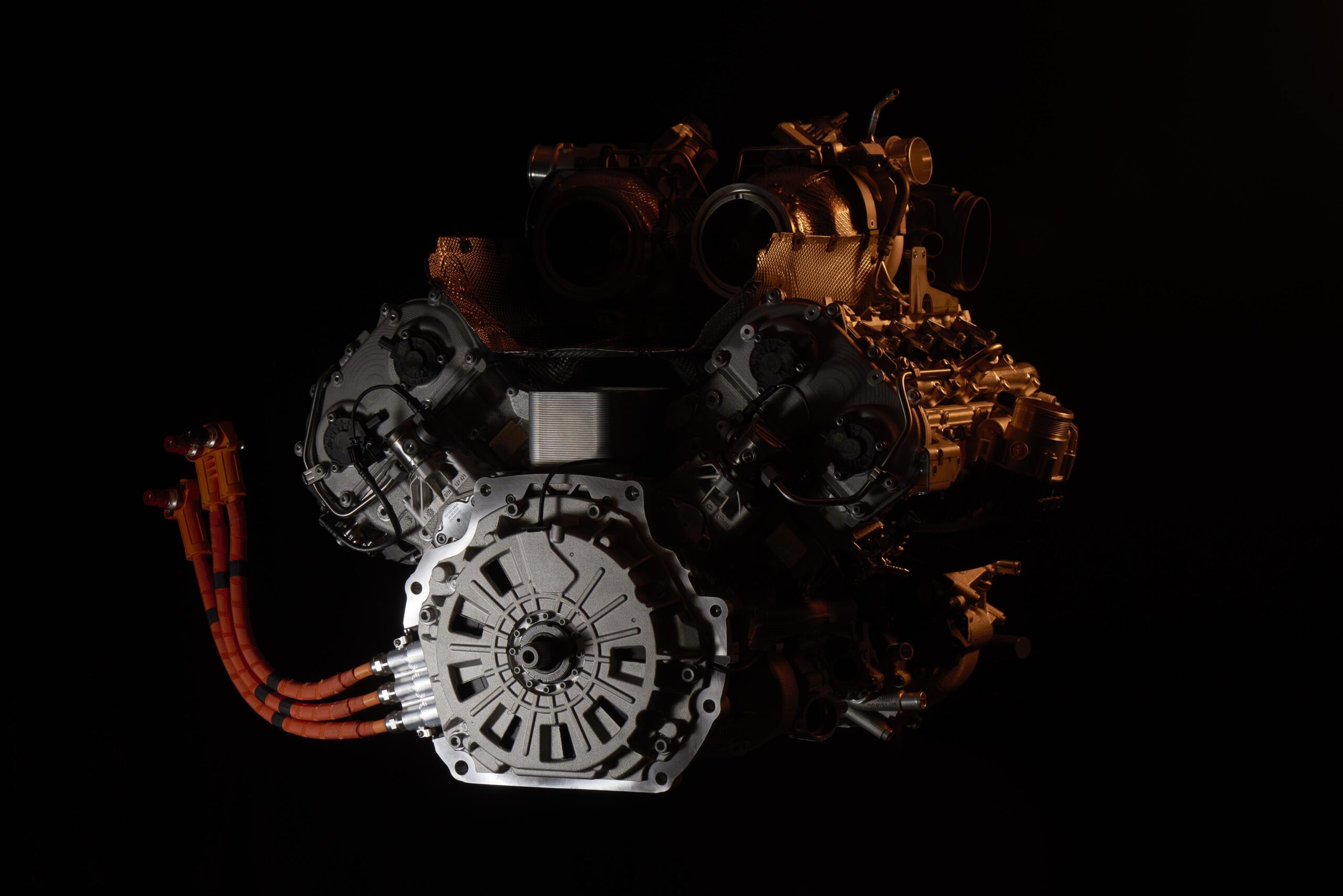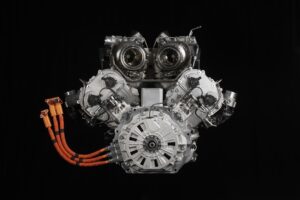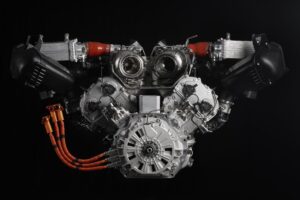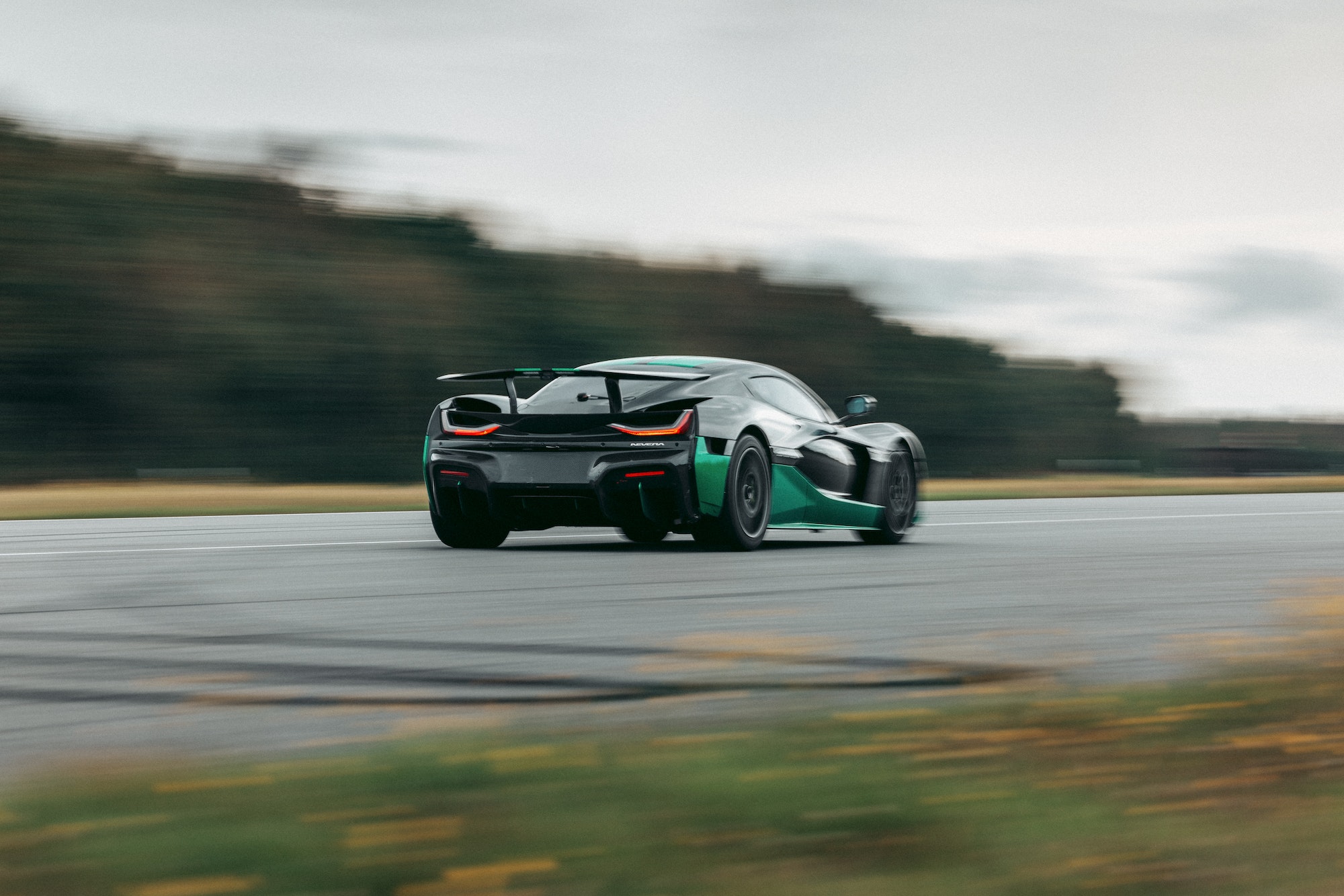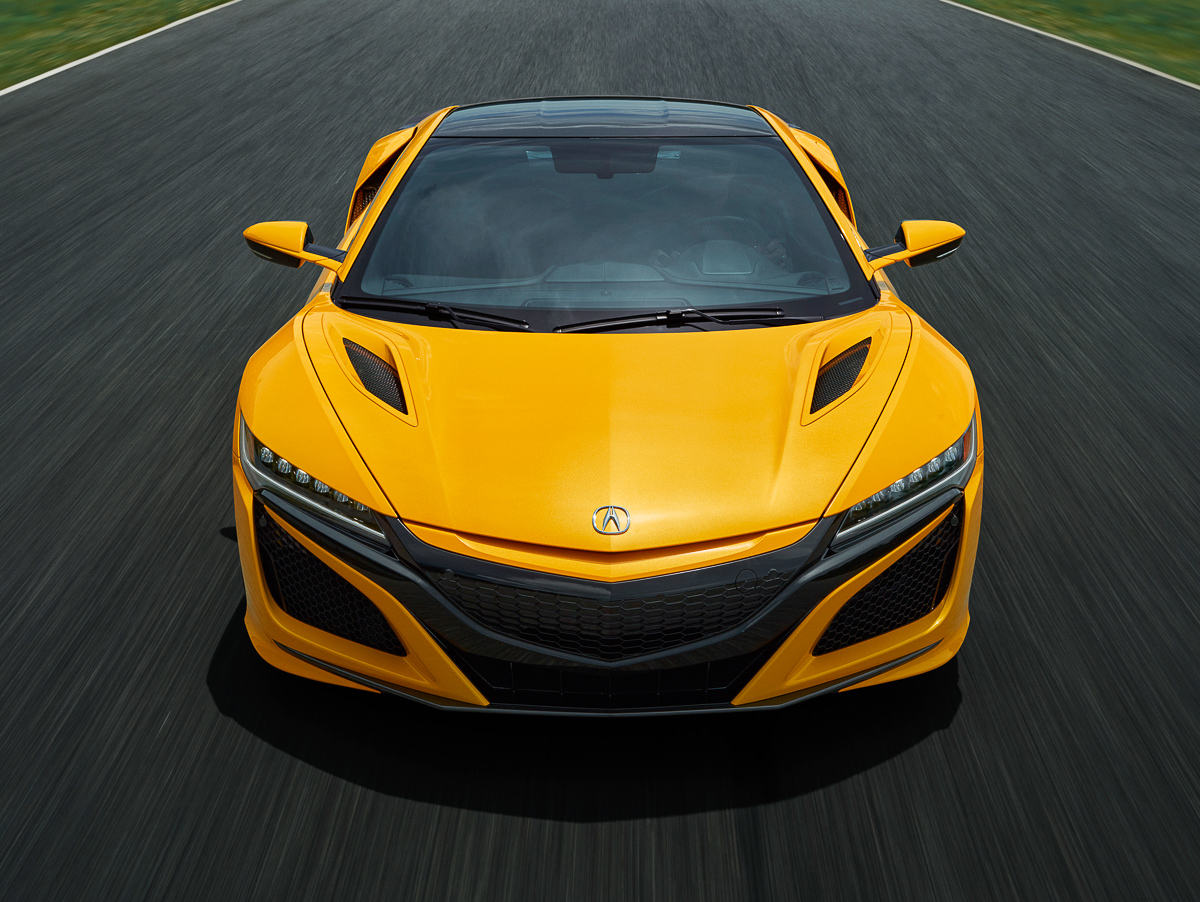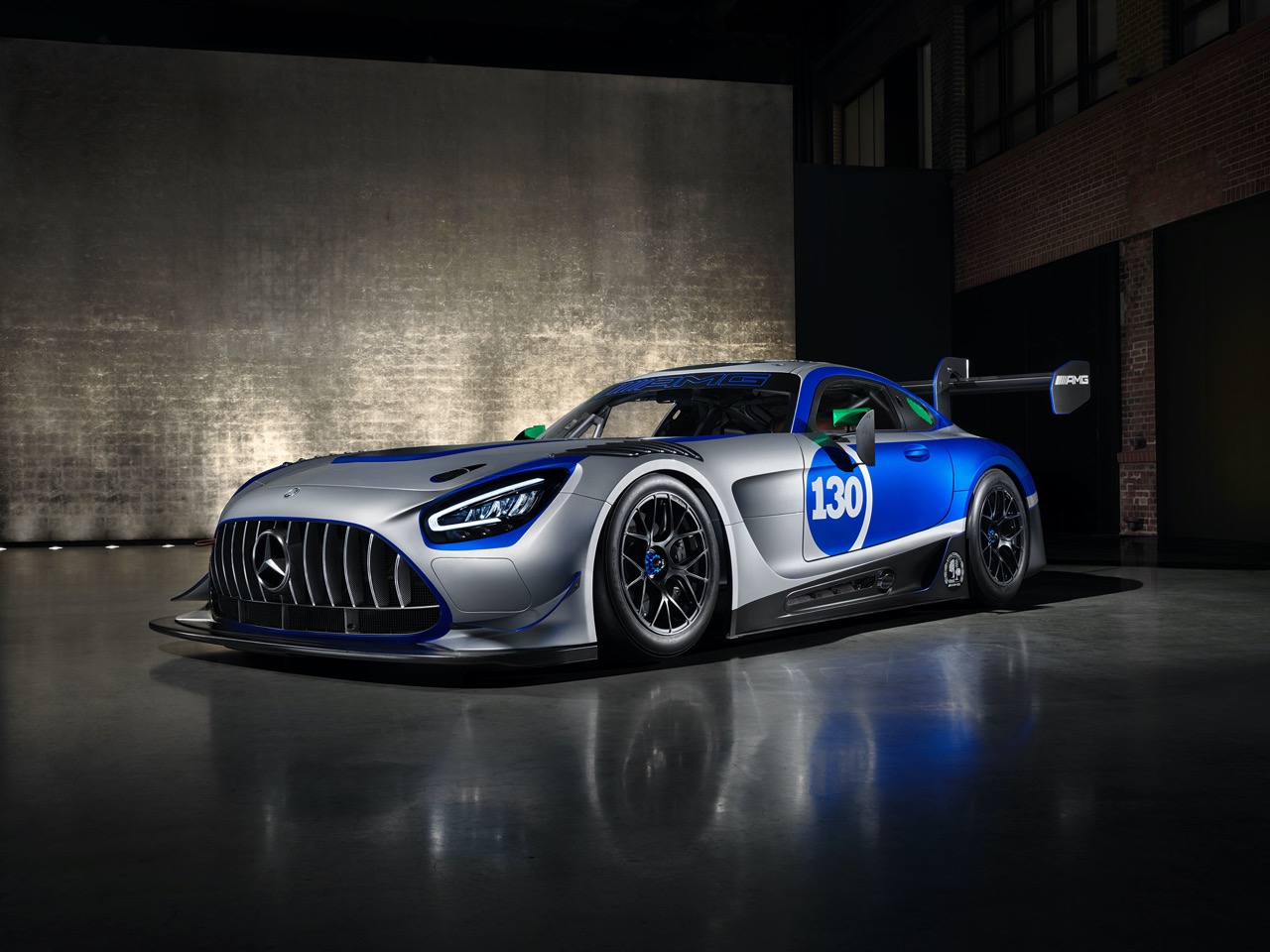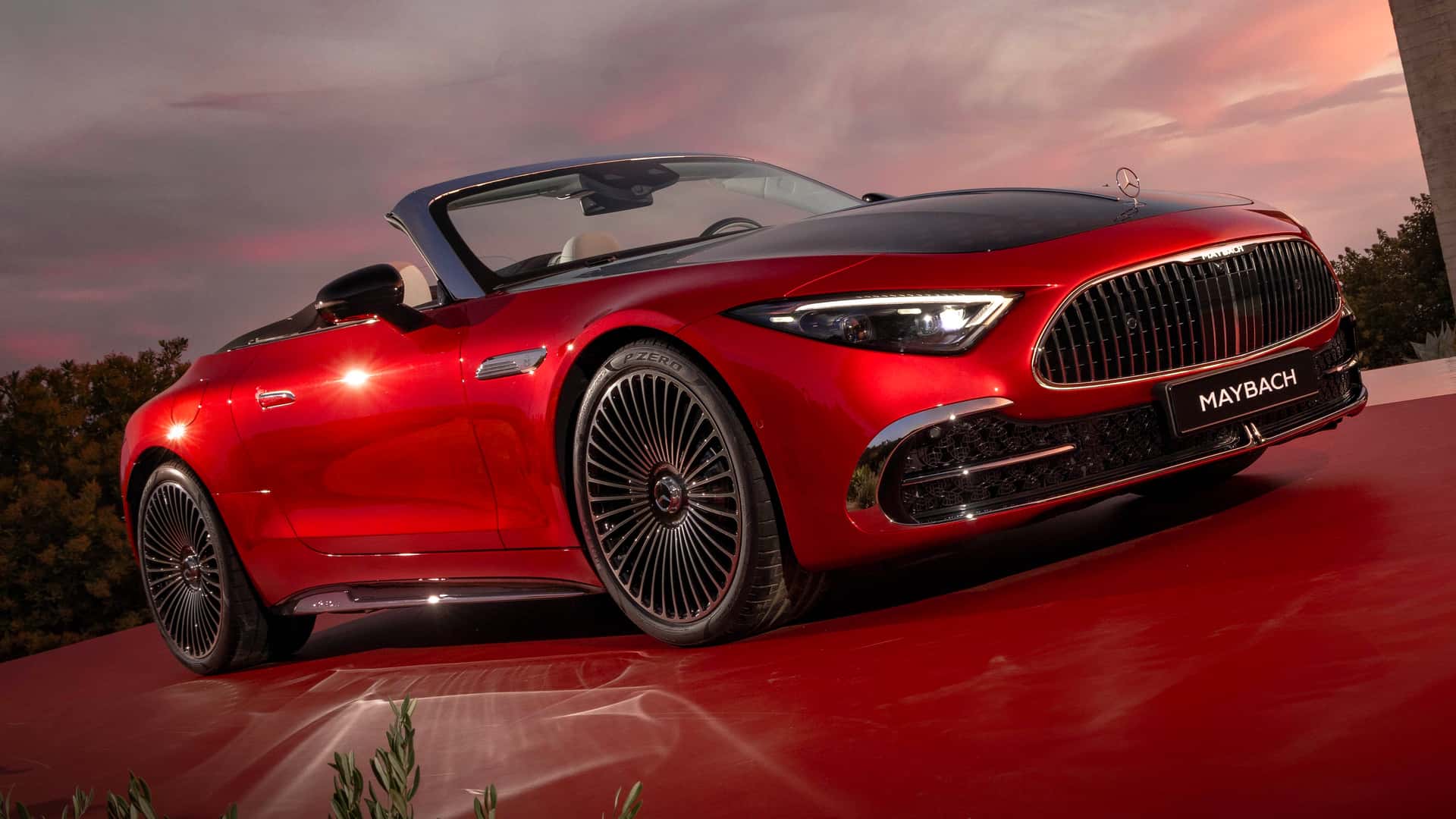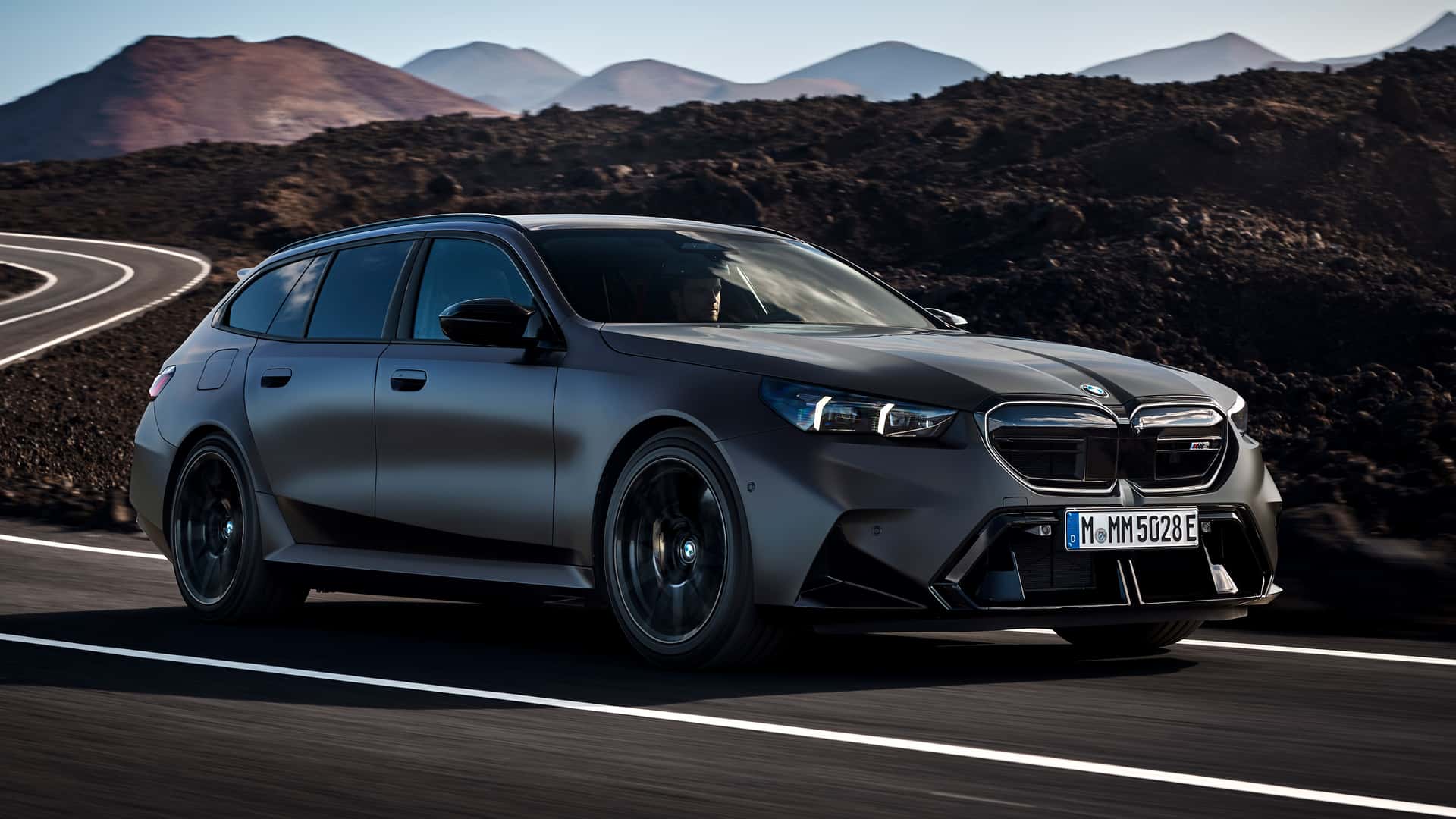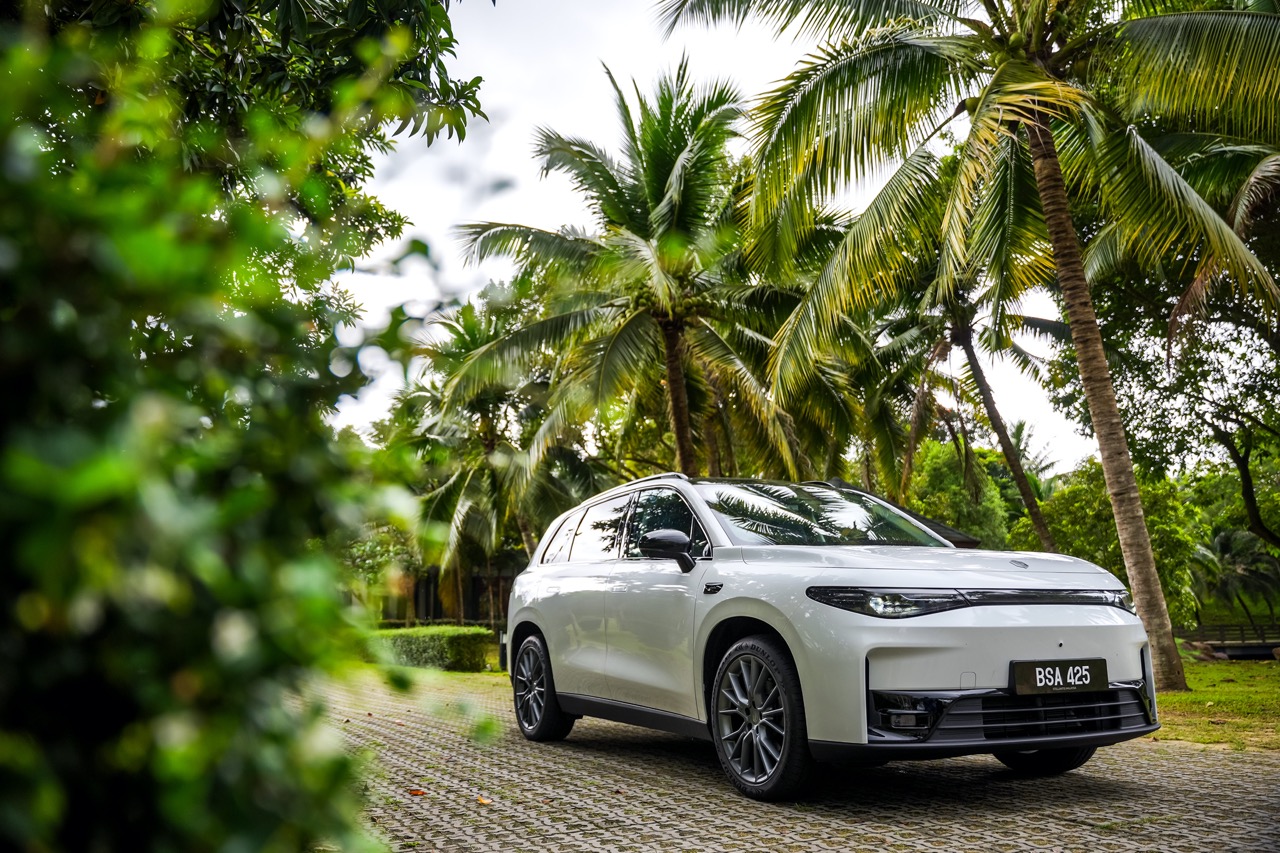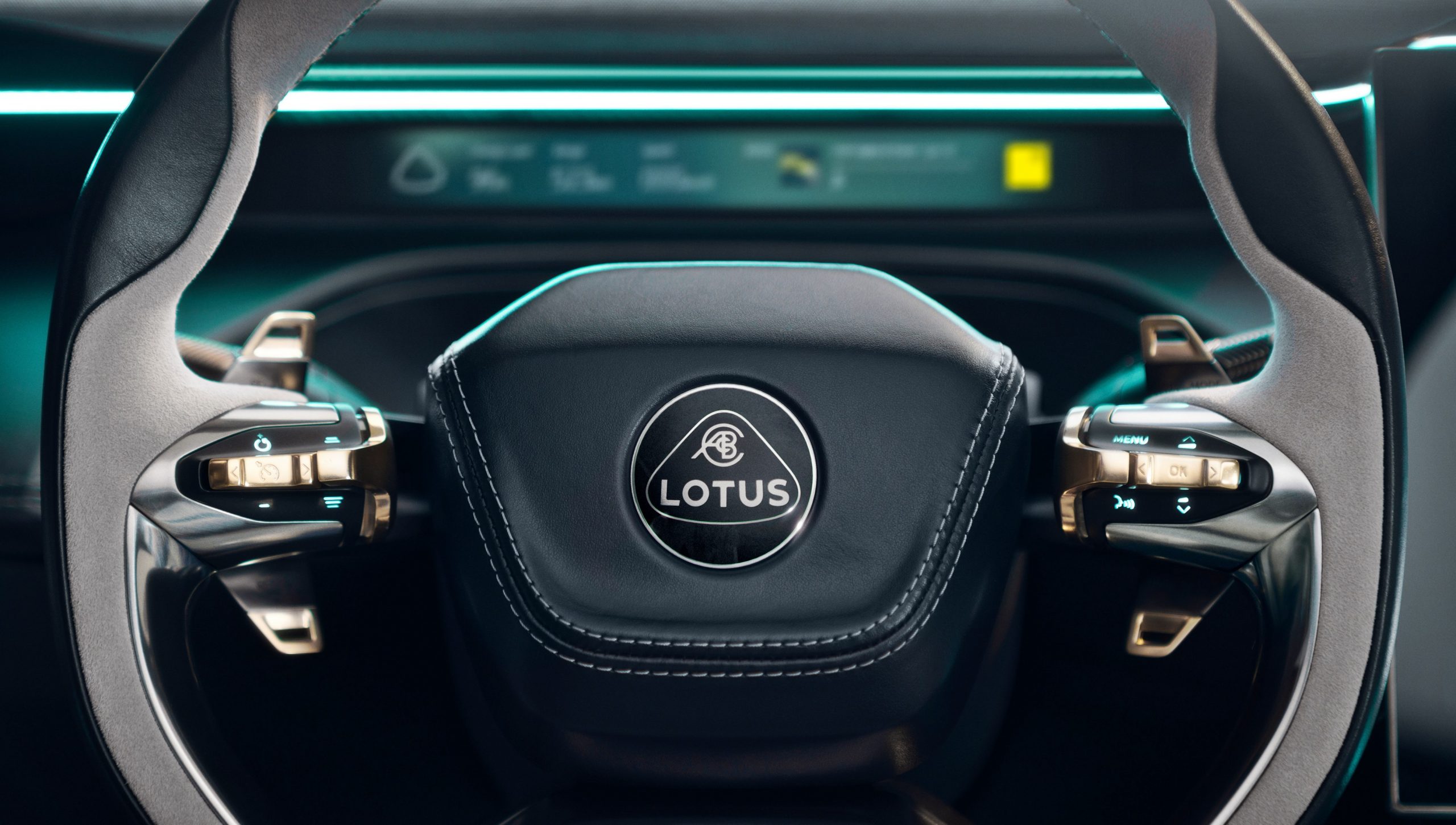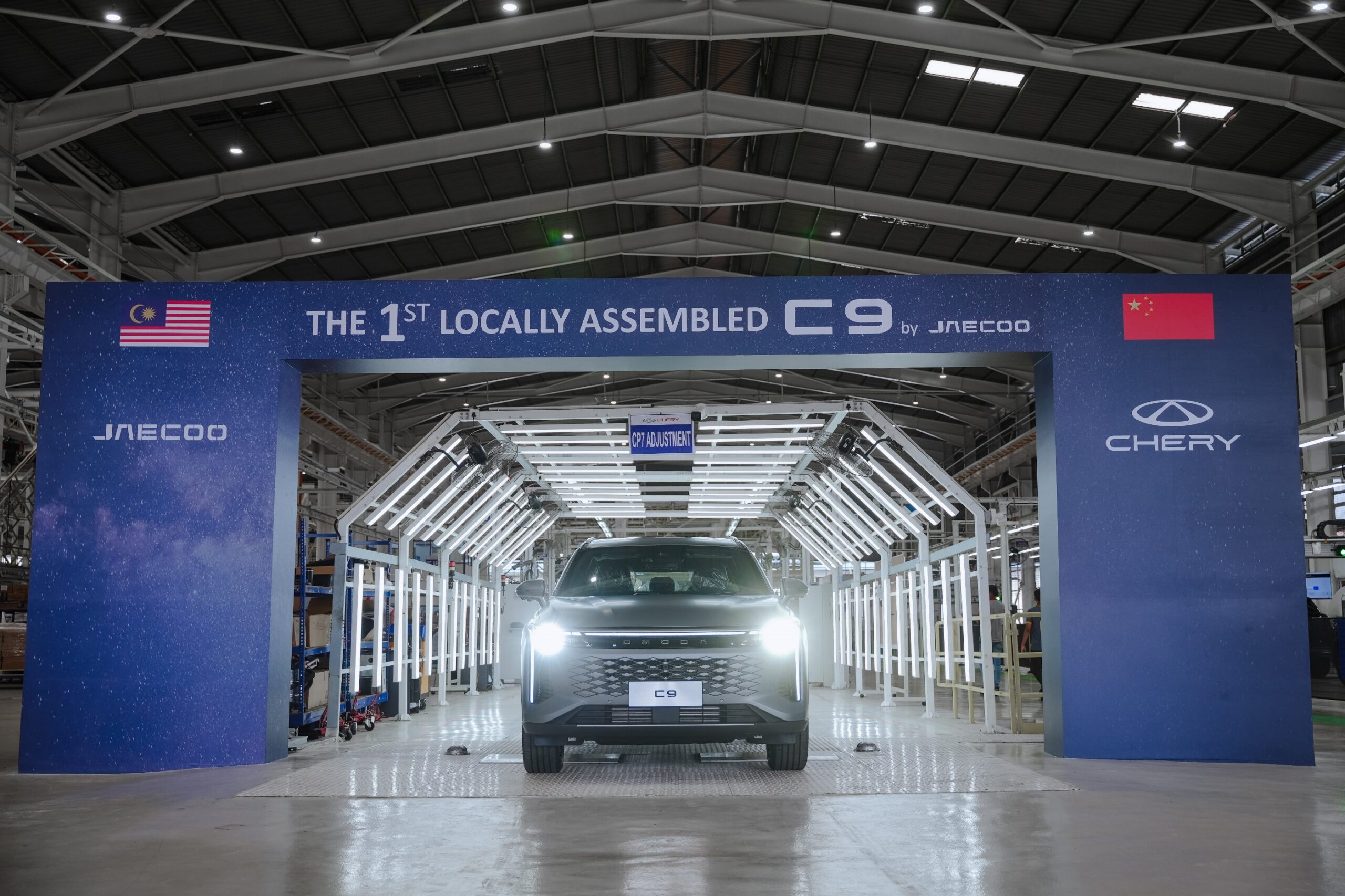Expanding upon the success of the 11th generation Civic, crowned the 2022 North American Car of the Year, the refreshed 2025 Honda Civic introduces more style, enhanced technology, and significantly more power, particularly with the available two-motor hybrid powertrain. Positioned as the flagship model, the new Civic hybrid, available in sedan or hatchback configurations, is anticipated to achieve an EPA combined fuel economy rating approaching 50 mpg1, thanks to its integration of the award-winning Honda two-motor hybrid system.
The 2025 Civic will be offered in four trim levels, starting with the LX (sedan only) and Sport, and featuring the hybrid-powered Sport Hybrid and Sport Touring Hybrid variants. These new hybrid-electric models are projected to constitute approximately 40% of Civic sales, marking a pivotal step in Honda’s electrification strategy.

The new Civic hybrid-electric trims boast remarkable performance, featuring an anticipated combined 200hp and an impressive 315Nm of torque, making them the most potent non-Type R Civics ever produced. This enhanced power output, coupled with exceptional EPA fuel economy ratings, ensures quick and effortless acceleration. The Linear Shift Control enhances the driving experience by simulating the rev feel of a conventional drivetrain shifting gears under acceleration, resulting in even quicker performance than the outgoing 1.5L turbo-powered Civic.
Honda’s two-motor hybrid system optimises efficiency without compromising dynamic performance or interior space. Tailored for the Civic, this system delivers a sporty driving experience, incorporating two powerful electric motors. Furthermore, the new Civic hybrids offer four levels of regenerative-braking deceleration via selector paddles on the steering wheel, allowing for precise control during deceleration.
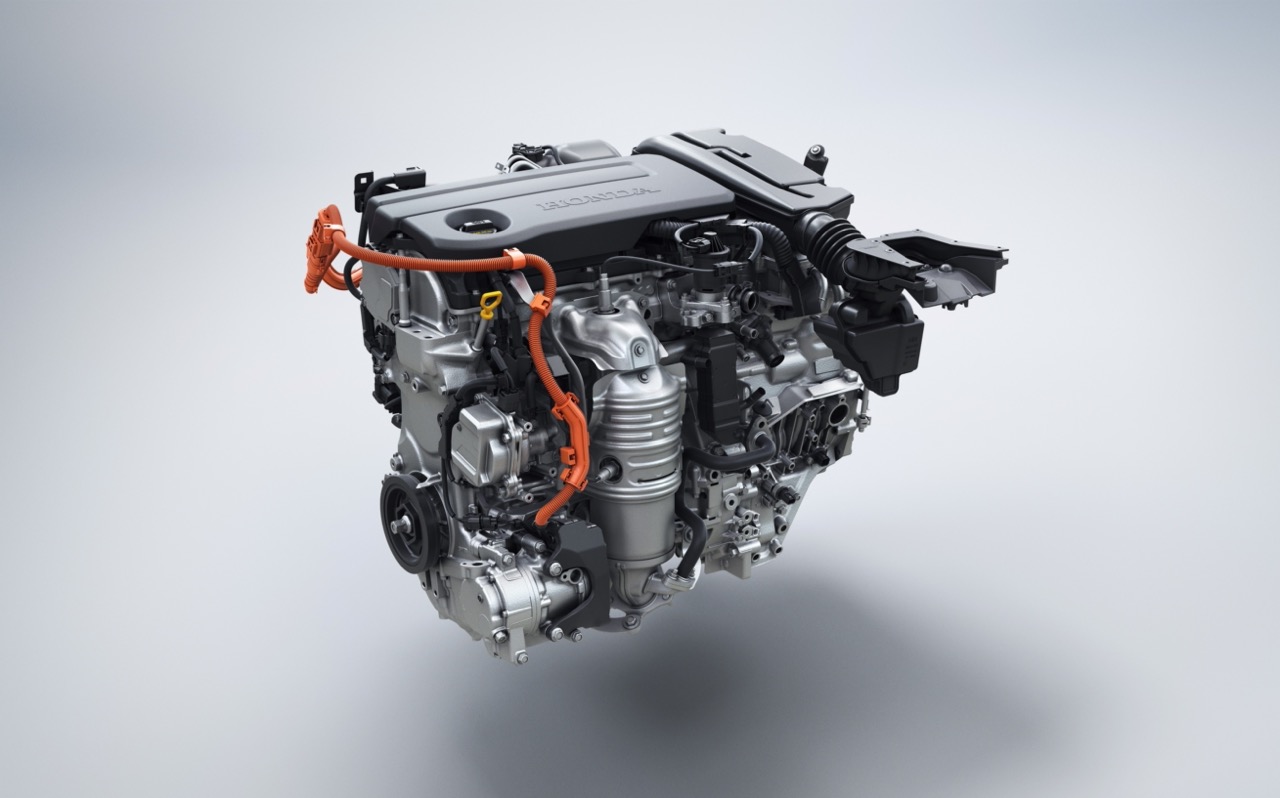
To enhance Civic’s renowned fun-to-drive spirit and ride comfort, the ride and handling dynamics of the hybrid models have been fine-tuned with unique spring and damper tuning, along with specially developed tires. Moreover, hybrid trims boast the lowest NVH levels in the Civic lineup, featuring a robust noise reduction package that includes Active Noise Control on all hybrids and wheel resonators on Sport Touring trims.
Continuing its commitment to affordability, Civic LX and Sport trims are powered by a responsive and efficient 2.0-litre 4-cylinder engine, while Sport Hybrid and Sport Touring Hybrid trims benefit from Honda’s potent yet efficient two-motor hybrid system. Drivers can seamlessly switch between selectable drive modes—Econ, Normal, and Sport (Sport and hybrid trims only)—to optimise the driving experience for various conditions. The Sport Touring Hybrid models also introduce a new Individual mode, enabling customisation of the driving experience.

In terms of design, every 2025 Honda Civic receives exterior enhancements, including a more aggressive front fascia and grille, along with darker taillights for a sharper appearance in the sedan model. The more-powerful hybrid-powered trims feature a distinct body-coloured headlamp garnish and front lower spoiler, further accentuating their sporty aesthetic. Additionally, all Sport trims retain dark trim and black 18-inch wheels, with a new machine-finished wheel design exclusive to the top-of-the-line Sport Touring Hybrid.
Introducing four new exterior colours—including Solar Silver Metallic, Urban Gray Pearl, Blue Lagoon Pearl (exclusive to Civic sedan), and Sand Dune Pearl (exclusive to Civic hatchback)—further enhance the visual appeal of the 2025 Civic.
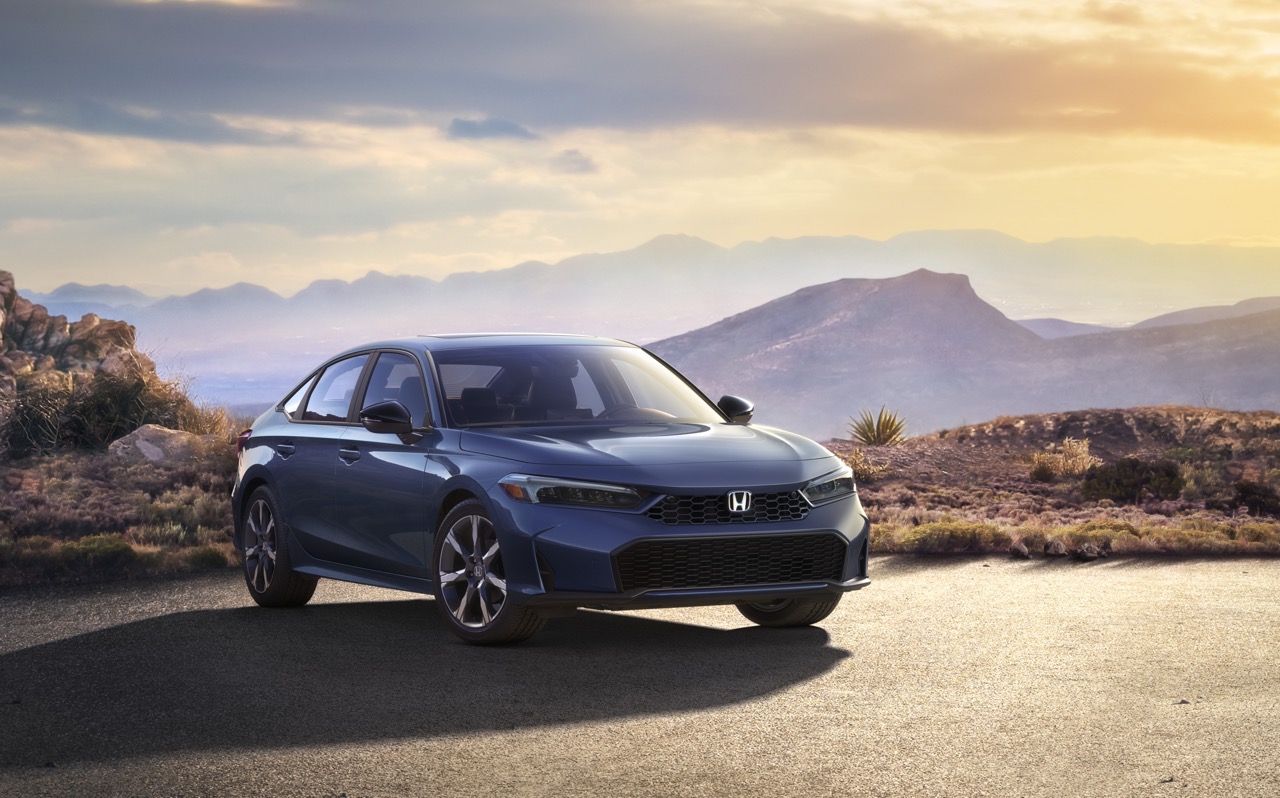
Inside, the Civic’s interior is refreshed, offering a simple yet clean design. All hybrid models now feature a grey interior colour, while the Sport Hybrid includes standard amenities such as a moonroof, heated front seats, and dual-zone climate controls. The Sport Touring Hybrid adds premium touches like leather seating, a 12-speaker Bose premium audio system, and advanced technology, including a larger 9-inch touchscreen with wireless Apple CarPlay and Android Auto compatibility, along with a wireless smartphone charger. Additionally, all Civic models come standard with front USB-C ports.
The top-line Sport Touring Hybrid integrates Google built-in for the first time in a Civic, offering access to apps like Google Assistant, Google Maps, and more on Google Play. This feature enhances the driving experience with personalised and connected functionalities, supported by a complimentary 3-year unlimited data plan.

Safety remains a top priority for Honda, with the 11th-generation Civic equipped with advanced active and passive safety technology as standard across all trim levels. This includes Honda’s proprietary Advanced Compatibility Engineering (ACE) body structure, designed to enhance occupant protection in various frontal collisions, along with advanced supplemental restraint systems.
Civic’s driver and passenger front airbags are engineered to minimise the risk of severe brain trauma associated with angled frontal collisions, with innovative designs aimed at reducing rotation. Furthermore, all Civic models come equipped with the Honda Sensing suite of safety and driver-assistive technologies, featuring Collision Mitigation Braking System (CMBS) with Pedestrian Detection, Forward Collision Warning, Road Departure Mitigation (RDM) incorporating Lane Departure Warning (LDW), Lane Keeping Assist System (LKAS), and Adaptive Cruise Control (ACC). Additionally, all Sport models are now equipped with Blind Spot with Rear Cross-Traffic Alert.




